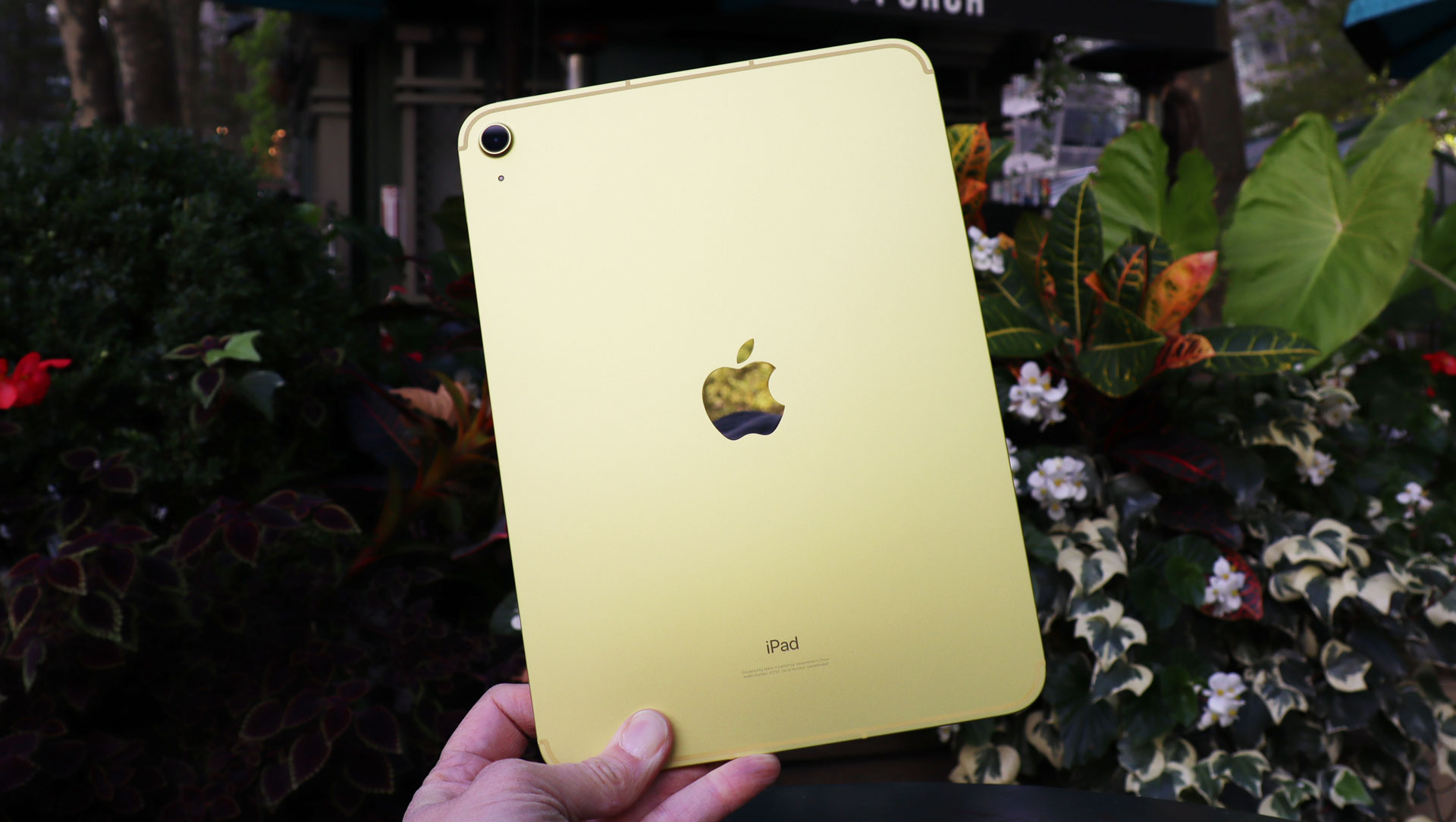Is the new iPad worth buying if you can find a cheaper Black Friday tablet deal?

The Black Friday deals event is fast approaching, and just in time for the shopping season, Apple has released the the colorful new iPad 10.9 (2022).
Offering an overhaul of the base iPad’s hardware, is the new iPad a facelift that will make it one of the best iPads around, or should you look to the previous generation iPad 10.2 (2021)? If you can find a great Black Friday iPad deal, we’d recommend looking at what else Apple offers.
The iPad remains far and away the dominant force in tablet computing. Whichever model you buy – check out our list of the best iPads to see which slate is best for you – you’ll be buying into the iPadOS ecosystem of apps, games, and services. With that in mind, the tenth-generation iPad is just more of the same.
In terms of hardware, it’s a smidge more powerful than the ninth-generation iPad 10.2 (2021) on account of its A14 Bionic chip, but you’re unlikely to notice much of a difference in real-world performance. The A14 Bionic was already powerful enough.

The biggest change is the overall design. Gone is the home button, replaced by a TouchID fingerprint scanner now buried in the sleep/wake button on the side. This removes the last home button from Apple’s iPad lineup, leaving only the iPhone SE (2022) with the legacy feature.
This allows for much slimmer bezels and rounded corners, and it’s definitely given the iPad a more modern look that’s closer to the latest iPad Air and iPad Pro. The base iPad has even added USB-C over the slower Lightning connector of its predecessor – and yet, the decision to pick one up isn’t a slam dunk.
Pricing on iPads is moving higher
That’s largely due to Apple’s insistence on breaking the iPad pricing structure to move away from the longtime 'magic number' of $329 in the US. The iPad, with its modest upgrades, now starts at $449 / £499 / AU$749. There’s also the company’s reluctance to let go of the Apple Pencil First Generation, which now solely exists for the base iPad model.
Sign up for breaking news, reviews, opinion, top tech deals, and more.
The other issue is that the new price further convolutes the iPad product grid. For $50 / £70 more than the base iPad (they're the same price in Australia), you can pick up the iPad mini and get a tablet that’s infinitely more portable, and which uses the Apple Pencil second generation (which doesn’t need a fussy new USB-C adapter for charging).

In fact, for $150 / £160 / AU$180 more than the base iPad you can get the iPad Air with the M1 chip, which is so future-proof that even Apple hasn’t worked out what to do with it yet. Unlike the iPad 10.9 (2022), the M1-powered iPad Air will likely get all of the most advanced upcoming iPadOS features, like external display support. The iPad Air also uses the latest Apple Pencil second generation.
It’s not that the iPad 2022 isn’t worth buying; it’s just difficult to find where it sits in a product lineup that feels insistent on overwriting itself. The elephant with a shopping bag in the room is that the iPad Mini, iPad Air, and iPad 10.2 (ninth generation) are all more likely to receive discounts in the coming days as more early Black Friday deals go live, so we’d definitely recommend holding out.
Right now, in the US Amazon has the best iPad deal we’ve found: a $30 saving on the ninth generation iPad that brings it down to just under $300 (scroll down to see the best iPad deals wherever you're located).
The iPad Air, complete with laptop-class M1 chip, can also be found as an Amazon deal for $519, making it just $60 more than the base version of the 10th generation iPad. That makes the Air a much more tempting purchasing option than the latter iPad because it offers considerably more power with the same size display.

Lloyd Coombes is a freelance tech and fitness writer for TechRadar. He's an expert in all things Apple as well as Computer and Gaming tech, with previous works published on TopTenReviews, Space.com, and Live Science. You'll find him regularly testing the latest MacBook or iPhone, but he spends most of his time writing about video games at Dexerto.